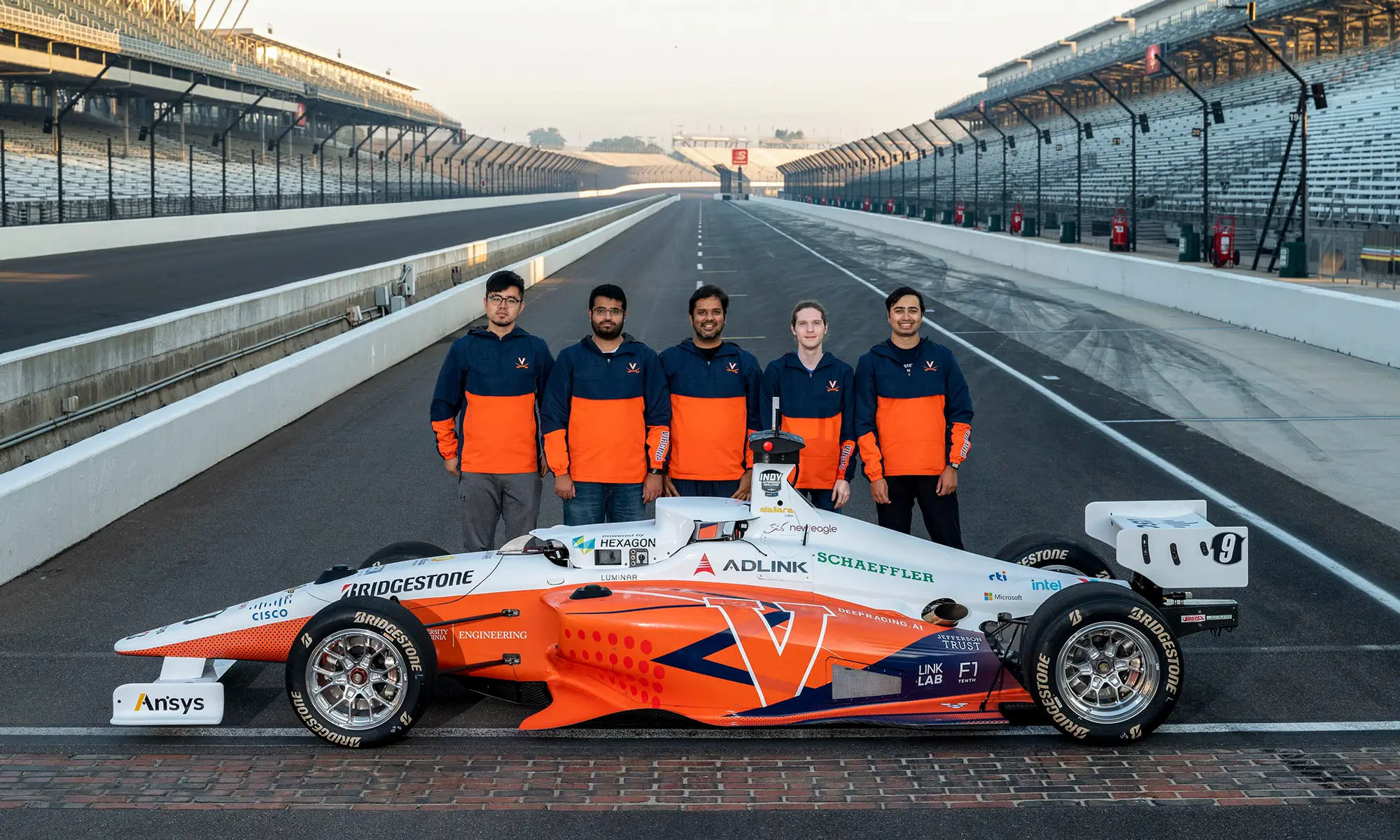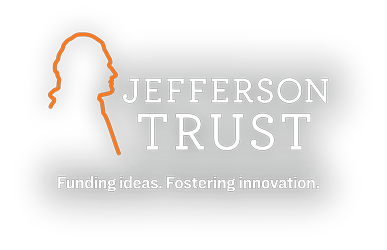 The Trust brings people together from around the globe, and across generations. Alumni who graduated 50 years apart, can sit next to one another and discuss a grant proposal; while across the room, classmates who now live on different continents, can reconnect.
The Trust brings people together from around the globe, and across generations. Alumni who graduated 50 years apart, can sit next to one another and discuss a grant proposal; while across the room, classmates who now live on different continents, can reconnect.
Many alumni, and even parents of alumni, consider Charlottesville a second home. As trustees, they ‘come home’ three times a year for meetings and activities that strengthen relationships, and build new ones. From college roommates reminiscing, to couples experiencing their philanthropy together, to parents of current students ‘just checking in’ on their first year, the Trust engages donors in many ways – all while giving back to the university they love.
For two sisters, Caroline (College ’15) and Carson Gibson (Commerce ’16), the Trust is an opportunity to experience giving to UVA in their own way, but to do it together. Despite sharing an apartment in Manhattan, the sisters are often worlds apart – literally. Caroline is a Freelance Event Producer in New Zealand, before starting in the McCombs School of Business at the University of Texas this fall. Carson is an associate at Kelso & Company, a private equity firm, often working on deals beyond the typical ‘9 to 5’.
Their diversity of skills and perspective is invaluable in reviewing and considering a broad range of grant proposals – a hallmark of the Trust. “Based on our backgrounds, Caroline and I are quite different,” says Carson, “I graduated from the Comm School, and she graduated from the College with a major in Arts Administration; I work in finance, and she has built a career in media & entertainment”. “But I think that those differences make our contributions more valuable. Our diverse skill sets let us ask different questions and contribute more meaningfully based on our own experiences. Never mind that if you meet us, you will surely notice that we look practically the same”!
The sisters joined the Trust on the advice of their cousin, and former trustee, Grace Hobby Grundy (Engineering ’12). Grace joined the board shortly after graduating, and often shared with her family how much she enjoyed the experience. The Gibson sisters are now forwarding the same message. Caroline loves the Trust “because I get to work with student groups!”, and as Carson puts it, “it’s a great opportunity to stay involved with some of the great ideas and projects that are just starting at UVA!”
And having your sister and best friend by your side makes it even better.






 The University of Virginia is the home of a multidisciplinary design research group focused on the arctic region—the first in the US to tackle complicated issues in the region—thanks in part to Jefferson Trust funding.
The University of Virginia is the home of a multidisciplinary design research group focused on the arctic region—the first in the US to tackle complicated issues in the region—thanks in part to Jefferson Trust funding.




